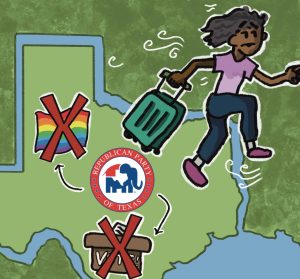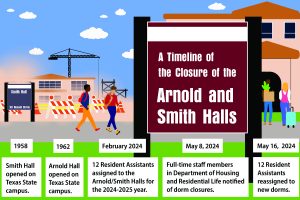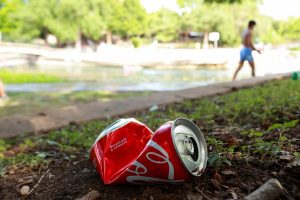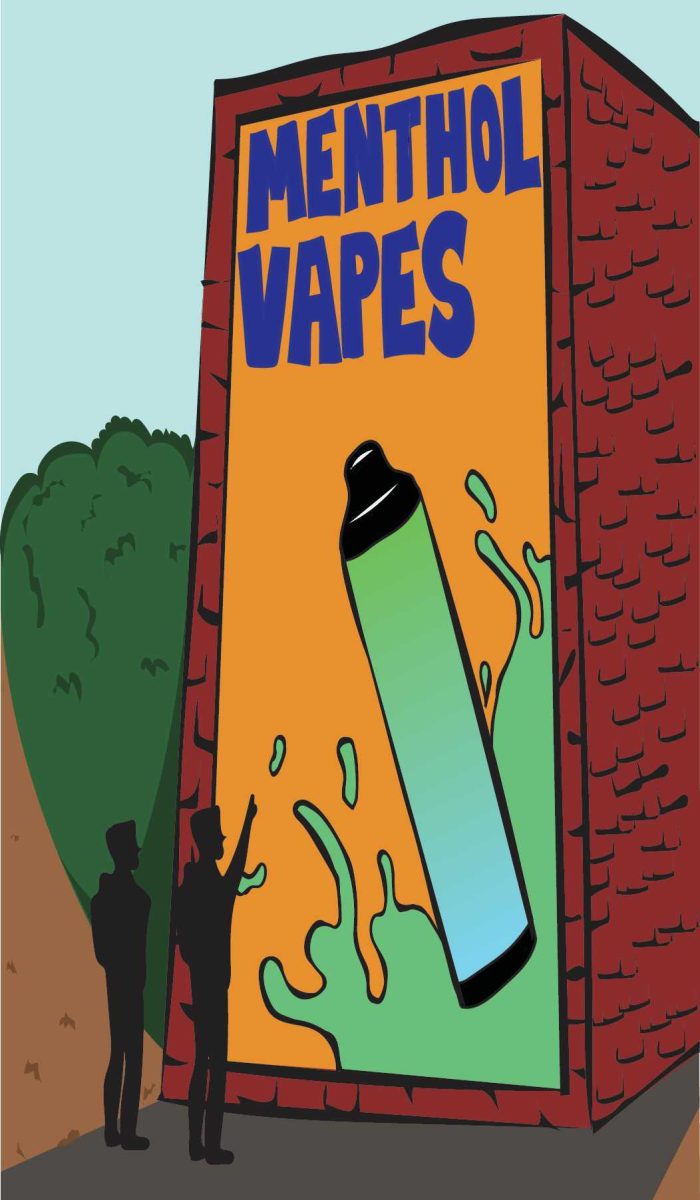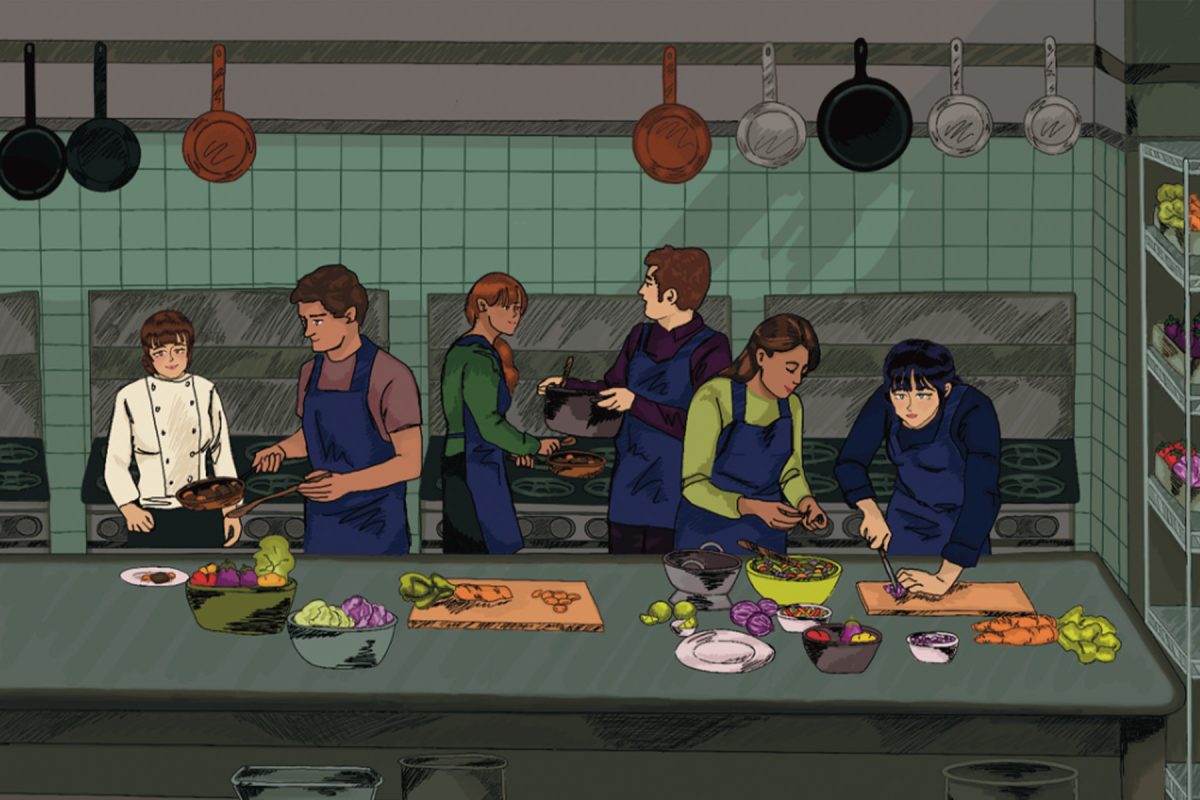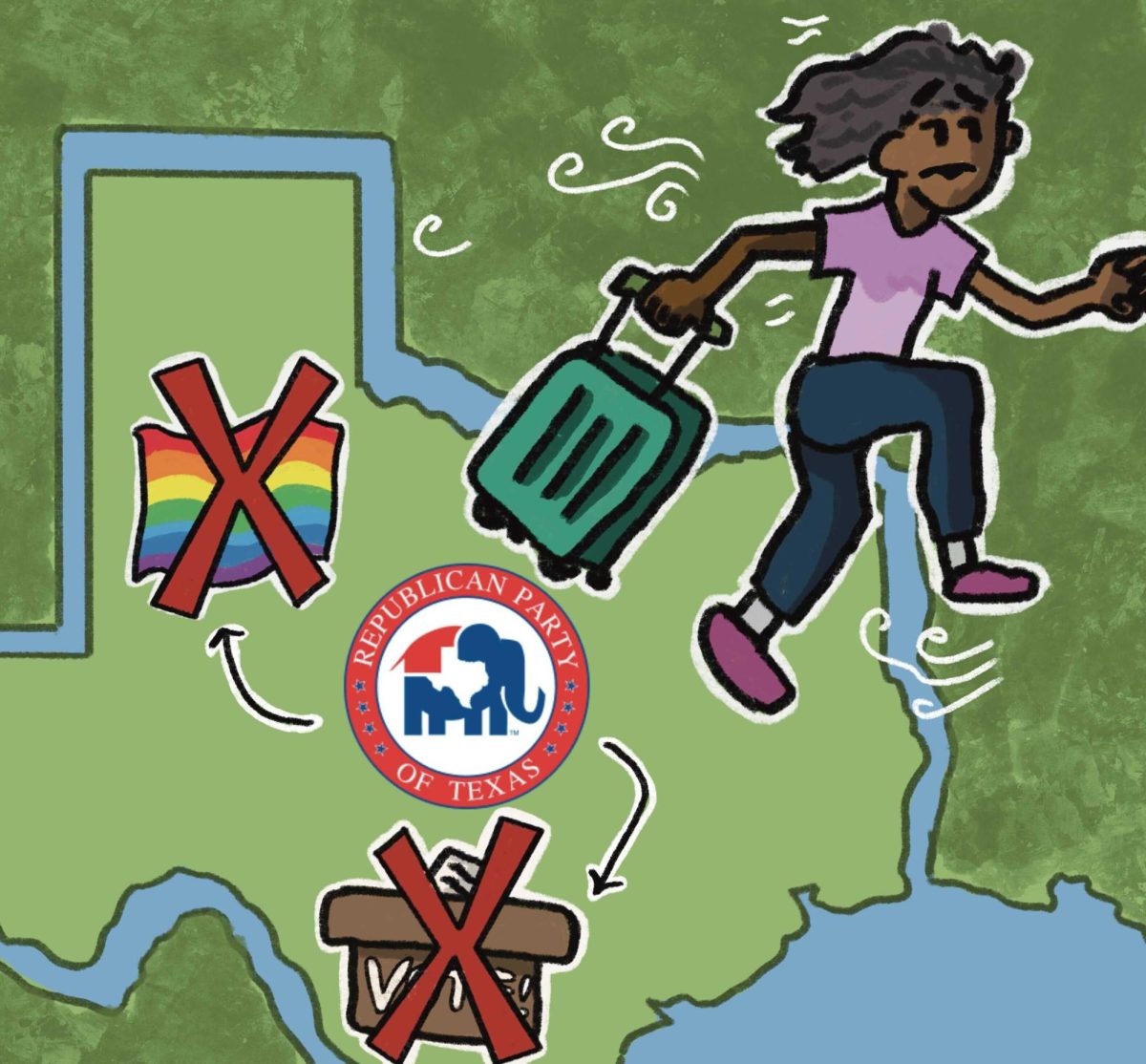When individuals think about environmental activism or conservation, it is likely that the first thought is of the benefit to plants and animals, what we typically consider ‘nature’. But the assumption that the preservation of water, air, soil, and other natural processes only benefits nature neglects our own presence on this planet and the future citizens that will inherit it.
In 1969, the Cuyahoga River in Cleveland, Ohio caught fire after decades of unrestricted pollution. A year later, the Environmental Protection Agency was founded.
A river being so polluted it literally catches fire is an extreme situation, but it was acceptable for a river in America to be polluted beyond sustaining life in the 1960’s. The river had been long devoid of any fish from Cleveland to Akron because of the concentration of industrial waste. The issue was brought into perspective only when pollution created a deadly hazard that threatened the well-being of the nearby community.
In present times, air pollution is now the most pressing concern. Climate change and the greenhouse effect are now politically charged buzzwords ever-present on the minds and lips of many politicians, scientists and entertainers.
According to the State of Global Air 2017 report with 2015 data, 92 percent of people on earth live in areas with unhealthy amounts of air pollution. Air pollution was responsible for 4 million deaths worldwide with over 50 percent of them being in China and India. Air pollution is a leading cause of long-term health risks such as lung cancer, heart disease, and chronic respiratory disease, with the most vulnerable demographic being children and the elderly.
Combating air pollution is more difficult than water-based pollution (such as the Cuyahoga River incident) because air pollution consists of both visible and non-visible pollutants. An industrial smog of visible pollutants is not appealing to the people living in the vicinity and most can understand that smog poses risks to their respiratory health. However, for the uneducated observer, the non-visible components do not seem dire or even present. This is dangerous for Western cities, such as Los Angeles or London, who may be tricked into thinking smog visibly receding means the fight against air pollution is over.
This might seem like an impassable obstacle, that the damage is already irreversible. But there are several solutions every person can adopt in order to do their part. The use of public transportation, in cities that provide such systems, helps eliminate vehicular emissions. For cities that do not have such systems, encourage local governments to implement bus and metro routes. At the very least, carpooling is an effective option, as is investing in vehicles with efficiency and sustainability in mind. To combat agricultural air pollution, reducing meat and animal product consumption can help lower emissions from factory farms and the sheer number of animals raised solely for human consumption.
Preserving our air is not something that will succeed because of the passion of a few individuals. It will take a conscious effort from the world’s citizens to respect our earth. It will require all people to examine their own lifestyles and adjust accordingly to possibly reverse the growing threat of climate change. And most importantly, we must elect officials that will share our concerns and sponsor appropriate legislation to curtail atmosphere destruction on a large scale. We owe it to not only ourselves but to our children and their children.
– Zach Ienatsch is a journalism senior
Combating air pollution ultimately benefits humans
March 31, 2018
Donate to The University Star
Your donation will support the student journalists of Texas State University. Your contribution will allow us to purchase equipment and cover our annual website hosting costs.


